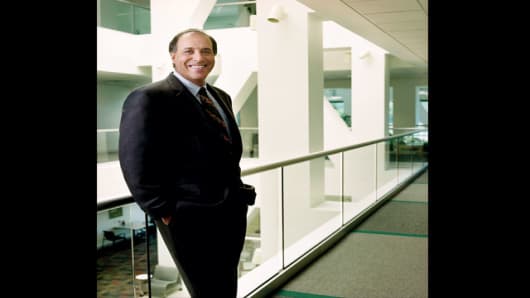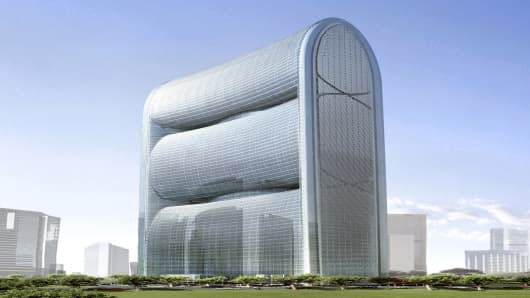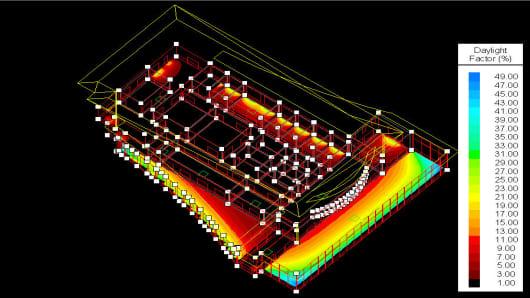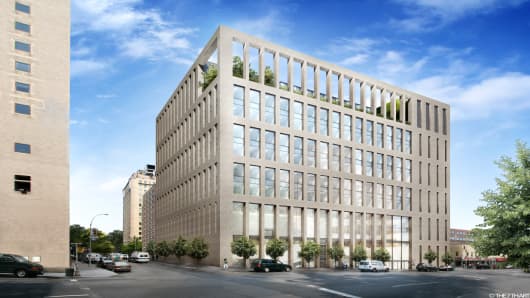The company's AutoCad and Revit software are widely used by engineering and design firms. Autodesk's subsequent 3-D technology has enhanced modeling and visualization. It's products are instrumental in design and engineering efforts to both conserve and maximize energy via the analysis of such factors as materials, heating/cooling and daylight.
In 2006, Autodesk introduced a green index to measure the adoption of sustainable design techniques by architects and has been involved with the Greenbuild International Conference and Expo. (The event this year runs Nov. 7-9 in Chicago.)
Let’s start on the personal side. Clearly this means a lot to you.
It’s a funny thing. This whole topic of energy efficiency, sustainability and the green movement started in the ‘70s. We were kind of raised on this. It was an issue that when I was growing up was very important. It seemed to go dormant for 30 years and then suddenly the rest of the world has woken up to it.
There seemed to be a wake up call 12 months or so ago. Al Gore really had something to say. I’m glad he found a voice and people listened to it.
And how did the personal side converge with business?
One place I started to think about this was ... I was at a conference several years ago … and everybody was talking about it. A 100 people stood up and gave one-minute answers.
What I though was most interesting was that almost all the suggestions were what I would consider after the fact thinking, like how do you put photovoltaic cells on the outside of a building when the better question to ask what is what are the energy needs of that building. It is a question you should ask much earlier in the process.







